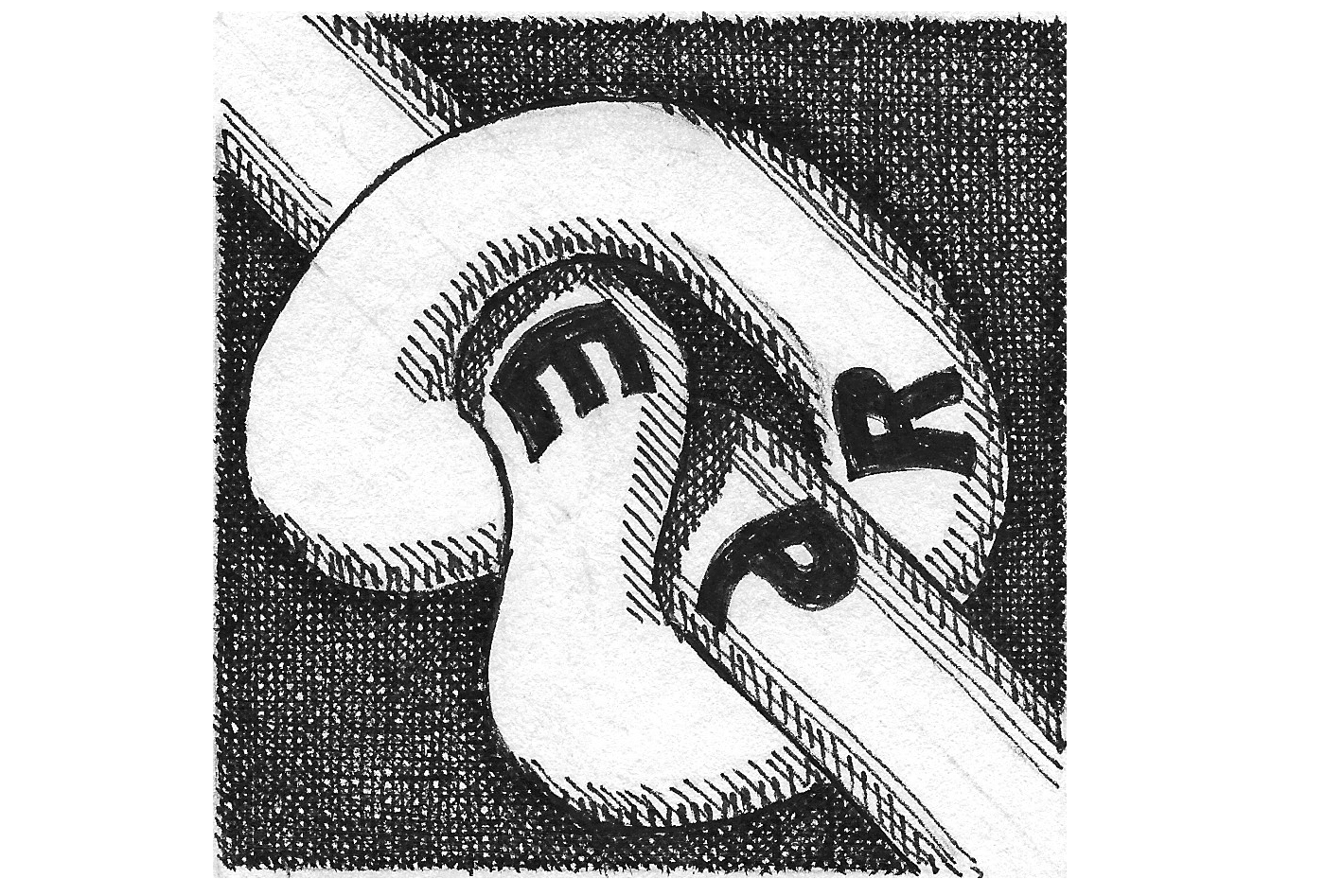– TOM PIERCE –
Simple ERP..?
If ERP was simple, anyone could do it. It’s not, and few do it well.
Business is not simple, and many try and fail. Managing people, managing processes, managing inventory, managing finances: it’s all complicated. Even the best managers lack some of the skills essential to run an effective business, so they partner with people who have the strengths they lack. They form a team, and team members watch each other’s back.
Your ERP system should have your back. Call me an idealist, but I think software should help. Too many systems simply get in the way, preventing creative solutions, discouraging innovative approaches, punishing problem solvers, and paving unintended paths of least resistance. Complex ERP systems seem often to be used primarily as weapons for enforced compliance, and end up in an essentially adversarial role with the very people they were designed to help. This needs to stop. ERP needs to return to its roots, to the simple fundamentals of helping planners plan and helping managers manage.
The principles truly are simple. You have a number of demands (your requirements), you have a number of assets (your resources), and you have a never-quite-that-simple set of priorities for matching those assets to those demands. And there’s the rub. The priorities are never simple.
FIFO sounds fair: first in, first out — matching the first available asset to the first available need. But not all demands are created equal, and not all assets are reasonably interchangeable. Project boundaries protect the cost and schedule of the best laid plans of project managers, but sometimes to the detriment of the company as a whole. The fine art of matching resources with requirements is the heart and soul of a well run enterprise. Collaboration, cooperation, and creativity make it work, when it works well.
The principles behind the principles are also quite simple. Honesty, clarity, trust — concepts learned in early childhood. One would think modern software would cultivate and reward such virtues. Sadly, it rarely does.
Collaboration is not possible when the various parties have different versions of the truth. Inconsistencies in data, fragmented reporting, ambiguous definitions, and overlapping categories all contribute to a sense that team members don’t share the same playbook, or worse – that they are simply deceiving each other.
Cooperation requires communication and transparency. It boggles the mind how much information is dumped into a typical ERP system; even more baffling is how difficult it is to get that information back out in any comprehensible form. Too often the question “where did this data come from?” is essentially unanswerable, and the credibility of the whole system erodes.
Creativity flourishes in safe, secure environments. When information is not trusted, creativity suffers, and ridiculous amounts of corporate energy gets invested in assigning blame, exercising the futility of finding roots of misinformation. People grow defensive, territorial, and risk-averse. Doing nothing new or unexpected becomes preferable to innovation, and unproductive behaviors become deeply entrenched.
Honesty, clarity, trust. These are simple human terms, and they should not be foreign to software designers. Software should encourage users to share what they know — in the simple most straight forward way possible — and not require them to fabricate answers to things they do not know. Reviews and approvals should be constructive, not punitive. People at every level should have opportunity to add value to information, and not simply the power to reject it. Performance indicators should recognize and affirm the behaviors and collaborative results that help the company succeed, and not focus obsessively on assigning blame for all problems and fluctuations.
Software is a part of our culture, woven into the fabric of how we live our lives. Your ERP system is a reflection of your corporate character, for better or worse. Yours should bring out the best in your people, helping them perform at their best, highlighting all that is good about their work, and about the goods and services they produce. If it doesn’t do that, it may be time to change systems.
It really is that simple.
Tom
Artist: Ray Heilman


